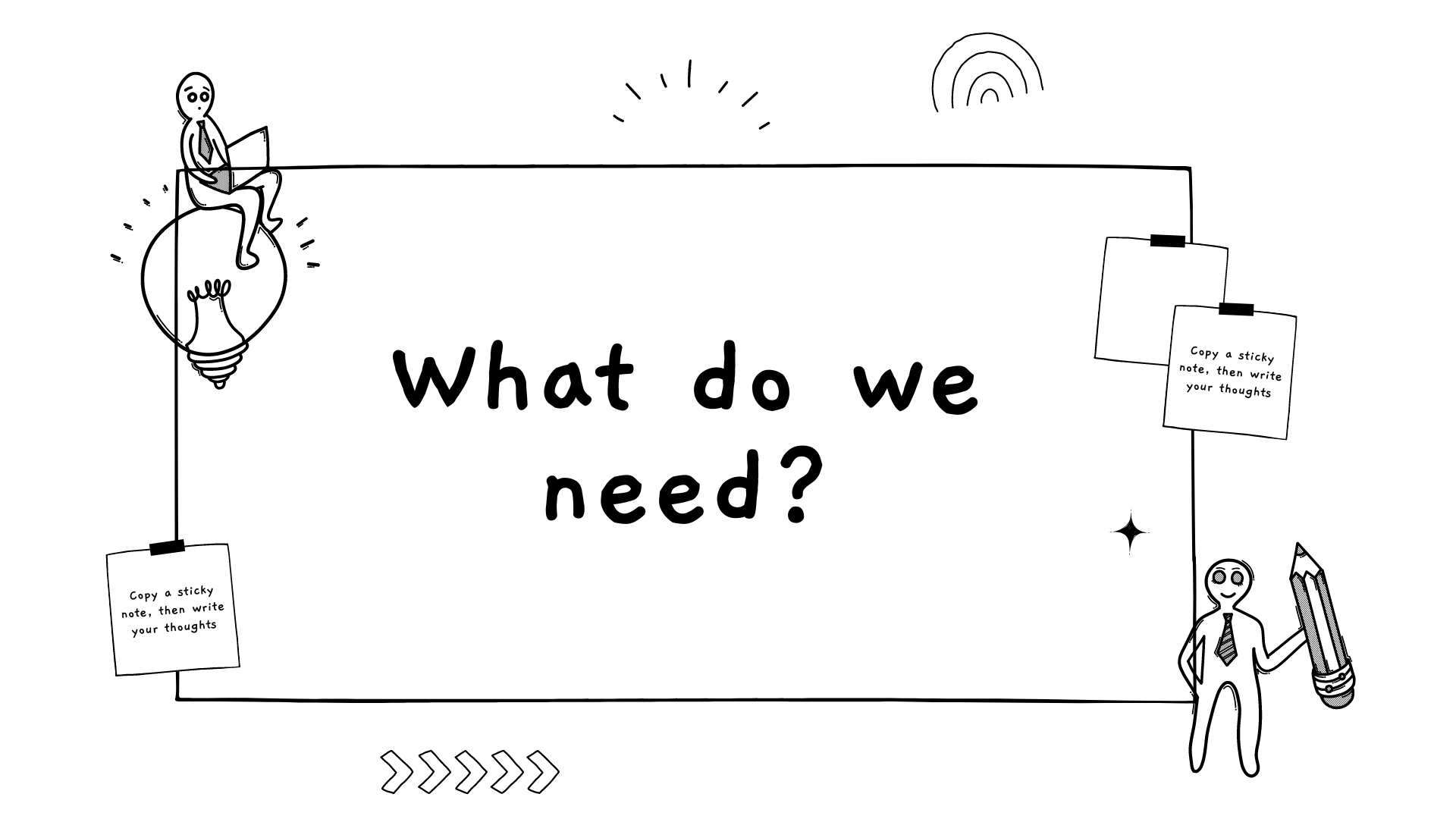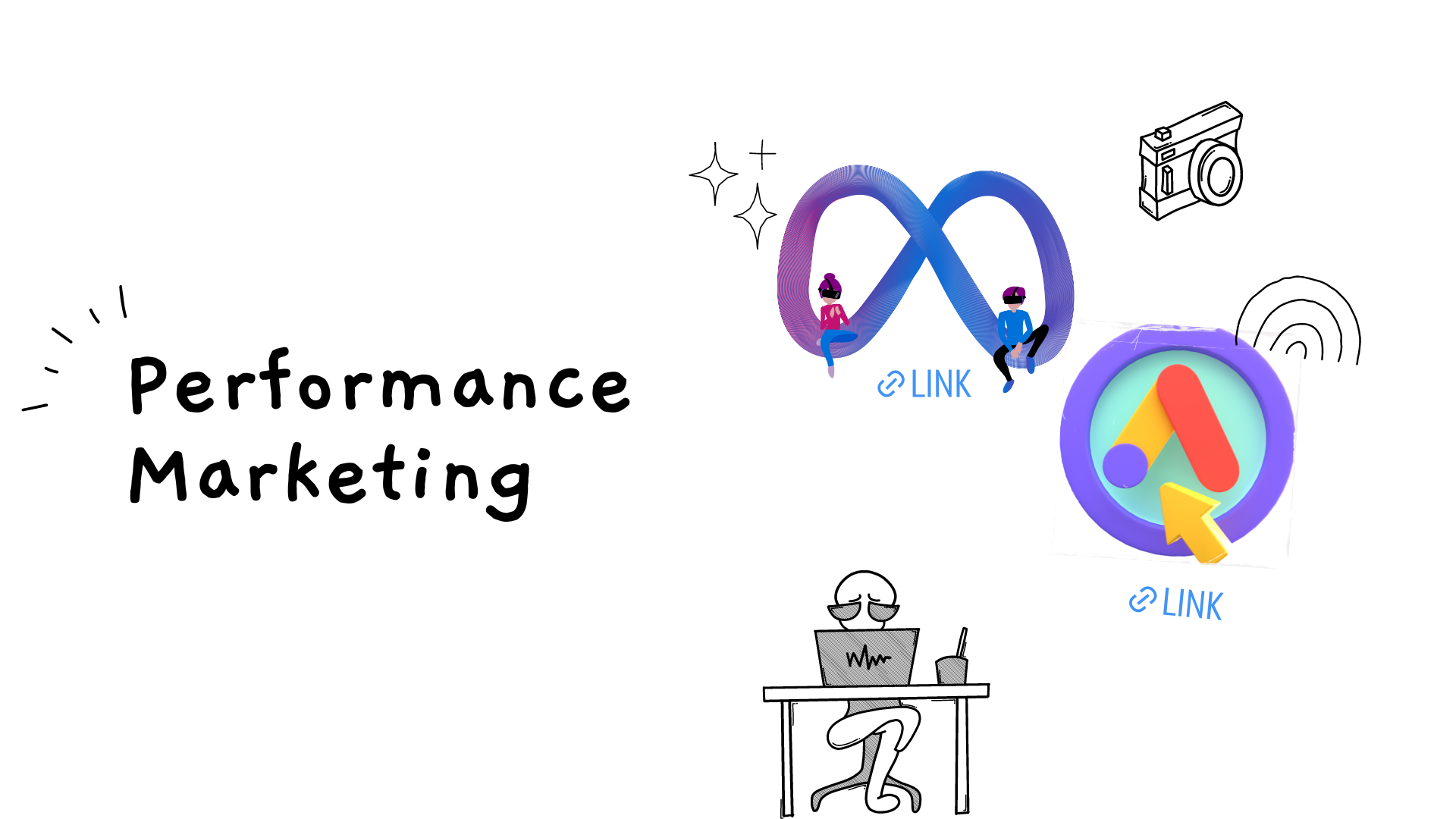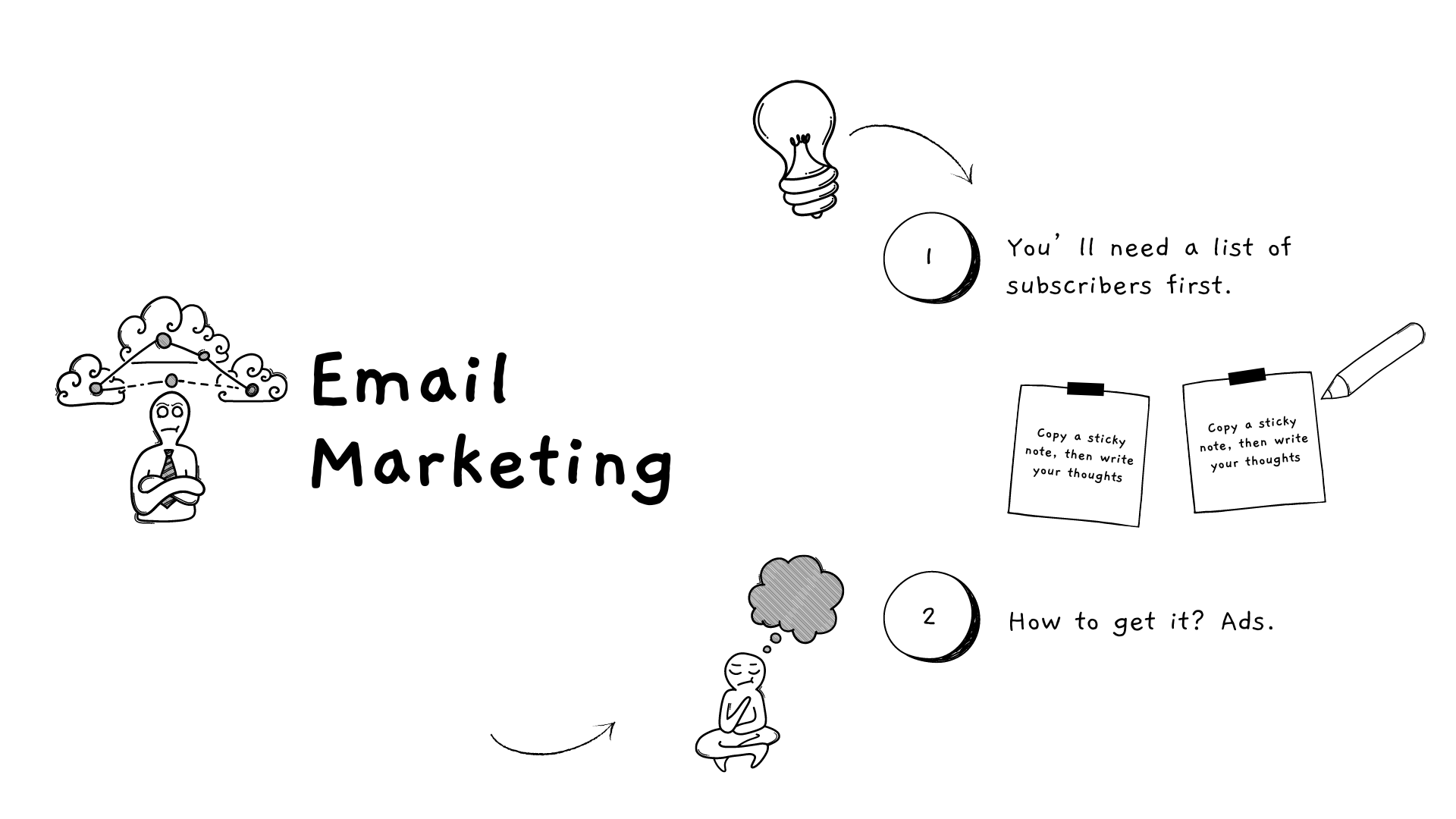If you’re wondering how to get sales on Shopify, you’re not alone.
Shopify generated around 7 BILLION dollars last year, so it’s no surprise that it’s the go-to option for many entrepreneurs and e-commerce brands.
Shopify is a powerhouse, but if you’ve been in business for any time, you know that you can’t just list a few items and hope for the best. You have to go out there and get customers!
For this article, I’m going to assume that you know how to do that–that you’ve gotten your first customers, and you’re wondering, “How do I increase sales on Shopify?” If so, you’re asking about scaling–about selling MORE products and having predictable revenue.
Welcome to the next level of business ownership! Let’s talk about what you’ll need to have first before we talk strategies:
Prerequisites: What do small and medium-sized business owners need to grow their revenue?

In today's fiercely competitive digital marketing landscape, every small or mid-sized brand needs two crucial elements to grow its revenue: a substantial budget and proper knowledge.
Budget
Every method we’ll discuss below requires a budget. Before you can increase Shopify sales, you must give yourself enough runway to learn from your mistakes.
How much? You’ve probably read the advice: "The more budget, the better!” But that’s not super realistic, right? And it’s not helpful.
So, let’s talk real, practical numbers: In a worst-case scenario, you’ll need at least $4,000 per month to start learning and experimenting for 3-6 months before you figure out what’s working and what’s not.
Yes, $4,000 per month is a significant investment. However, regardless of your chosen marketing channel, scaling your business will require financial commitment. While you may be able to use growth hacks to acquire your first customers without much financial investment, effective scaling and revenue generation cost money.
I know this is tough to hear–and you may not want to believe me because there are tons of gurus out there that promise to teach brands how to do sales with no investment. But this is something I’ve learned by scaling our brand. And guess what? Many of those people have never really scaled any brands, and they’re selling vague advice that isn’t applicable if you’re already in business. (Sadly, this is the case with most sales or business growth experts.)
How did we get to a $4,000 monthly budget? It’s super simple: you’d need to spend at least $100 daily to get some ads running and learning. You can do it with less, but the learning curve will take longer.
That’s about $3,000 monthly, more or less. And there’s still around $1,000 left, potentially a backup for tools and creative. But even this is a rough estimate, don’t get me wrong.
There are some factors involved here:
- Are you able to learn how to run ads and optimize them? If not, and you’re considering working with an agency, these costs will significantly rise.
- What about creative: photos and videos for your ads? If you’re able to source these with Canva and gifted collaborations with influencers, that works. Otherwise, these costs will significantly rise if you’re looking to work with professionals.
- What about copywriting: can you do it? Are you willing to learn how? If not, you know the drill: these costs will significantly rise.
This simple math I did above is still vague-ish. I’m sure some brands started and scaled with less in the current landscape, but what’s the percentage? Maybe you’ve heard of an e-commerce brand recently launched that got “made famous” by some kid on TikTok. But how many brands were launched in the same period as this brand, and how are they doing?
Many factors are involved in this equation; no matter how we spin it, you’ll need budget and know-how to generate more sales. Assuming you have a good product and website, I took that as a given for this article.
Know-how
What I mean by “know-how” is your ability to exploit the channels or methods below to generate revenue for your brand–your ability to learn, execute, and iterate. I’ll give you an example: if you have a background in doing paid social ads on Facebook and Instagram, you have already won part of the battle because you know how to bring customers.
Let’s take another example: you worked with micro-influencers at a previous company, and now you know that gifted collaborations are a good way to get UGC, awareness, and engagement.
You get the point. Having this kind of knowledge gives you leverage.
For some people, this learning curve is shorter than for others. You won’t know where you fall until you try.
However, the good part is that even if you don’t know much about something–email marketing, for example–there are tons of resources online that can help.
So now that you know what you need BEFORE you can get started, let’s talk about how to increase sales on Shopify!
Performance Marketing

Performance marketing refers to any digital marketing effort in which you pay for specific actions taken by users, such as clicks, leads, or sales. I’ll mostly refer to paid search (Google Ads) and paid social media ads in this article.
I believe paid performance marketing is the best channel to generate sales, especially for e-commerce brands. Major players like Meta, Google, and TikTok are fantastic at targeting users with high purchase intent. Their algorithms constantly collect and analyze data about user behavior (like search queries, website visits, and social media engagement). When people show interest in a specific product, these platforms show them relevant offers from various sellers.
How it works
I recently wanted to buy a pair of sneakers. I spent a few weeks scrolling through Instagram and using Google Shopping to look at various brands. After my initial searches, I started seeing targeted ads from different sneaker companies on Instagram. The more time I spent looking at different sneakers, sizes, and models, the MORE Instagram showed me sneaker ads. Eventually, I bought a pair from the company whose products and ads spoke the most to me.
How did this happen? After my initial research into different sneaker brands, Instagram’s algorithm “smelled” my shy purchase intentions and showed me different offers until I found one I liked and made a purchase. So, based on that example, you can see just how good these platforms are at finding potential customers who WANT to buy your product or service right now.
Challenges
The first challenge with ads is that you must learn how to run them, which takes time. Ads platforms are messy, which is ridiculous since these companies make billions in revenue from ads but can’t be bothered to build better interfaces or user experiences. 😒
Another difficulty with social ads is that they require copywriting skills (the text you see in ads) and creative skills to generate the images and videos you see in ads.
So, performance marketing isn’t easy if you’ve never done it before. But it’s not impossible. There’s TONS of information online about how to run ads at every level: whether you’re a beginner or you have some experience but want to optimize your ads to get better results.
And for copywriting and creative, you can get BOTH on influencer platforms like Social Cat! On our platform, you can work with nano and micro-influencers who create fantastic UGC licensed for your ads. Because most of our influencers do gifted collaborations, you can easily get affordable photos and videos for your ads! Amazing, right? You can start a free trial and book a demo today to see how it works!
Plus, we have an AI-powered assistant included in all of our plans that can help you create amazing ad copy. The latest version of ChatGPT powers it, so if you ever wanted to play around with that, this is your shot!
Does it increase Shopify sales?
Over the years, many brand owners have declared that “ads don’t work.”
Let me tell you a little secret: Just because ads don’t work for them doesn’t mean it doesn’t work for everyone.
You can’t make ads work if you don’t take the time to learn how to run them.
And you ALSO can’t make them work if your product stinks (savage, I know, but true).
Ads have been one of the greatest business drivers for our brand. So, if you’re hoping to grow your brand this year, I recommend you give performance marketing a shot.
There's even Shopify growth services, like StoreLab, tailored for SMEs, blending performance marketing, mobile app solutions, and hands-on, expert guidance to help boost your sales, build brand awareness, and keep customers coming back for more – all in a sustainable way.
Influencer Marketing

Influencer marketing can also help you get Shopify sales, and it works very well if you’re already doing performance marketing–but the way they work is different.
With influencers, you don’t have an algorithm behind the scenes that gathers data about their followers and purchase intent. Instead, you’re relying on the fact that these influencers have built a loyal following that trusts their recommendations. This means that while you may see some immediate sales, you’re more likely to interact with people further up your marketing funnel–so you’ll need to nurture those leads before you get a bunch of sales!
How it works
Let’s use sneakers as an example again. Pretend that I follow an Instagram influencer who talks about men’s fashion. I might like his outfits, be inspired by them, and be influenced by his recommendations.
Since I admire his fashion sense, if he promotes a pair of sneakers, I’ll have a good impression of that brand and might be interested in buying. Simple as that.
Challenges
Influencer marketing has a bit of a learning curve–you’ll need to understand metrics like engagement rate, reach, and impression. But overall, it’s much easier to learn influencer marketing than it is to learn to run ads. And, of course, we can help you connect with amazing influencers when you’re ready to run a campaign!
Does influencer marketing increase Shopify sales?
I STRONGLY believe that influencers are good for sales, but you’ll get the most bang for your buck if you’re also running social media ads.
Here’s an example of what I mean: Many Social Cat brands (e.g., 1-800 Flowers) work with influencers. The influencers post on their profiles about the brand, which generates awareness. The brands also use influencers' videos as UGC in ads or on their social media accounts.
You’ll get the best results if, instead of using influencers to increase sales on Shopify, you view them as a complementary channel to ads and a way to get creative.
Email marketing

Despite the popularity of social media, email marketing remains a powerful tool for driving sales. If you build a strong email list and use personalized, targeted campaigns to nurture leads and convert them into customers. Once you have those customers, you can email them updates, new product launches, sales, and personalized discount codes!
If you don’t have an email list yet, you won’t be able to use this channel immediately. Building and leveraging an email list to sell more on Shopify takes time.
But, once you build the list, the learning curve isn’t steep. All you need is software that allows you to send emails to your list–and there are lots of options that are quite good and easy to use.
And yes, you’ll need copywriting skills and creative elements for emails, too–but there are many tools to help. For example, you can find TONS of email marketing templates and elements for only a few bucks per month on Canva!
Conclusion
It turns out that getting sales on Shopify is a lot like getting sales on any other e-commerce platform. Running ads is the most effective way to make sales and find new customers. But you’ll see the most growth if you layer influencer collaborations and email marketing over performance marketing.
If you’re looking for creative for those ads–or if you’re ready to take it to the next level and start collaborating with influencers–Social Cat can help! Start a free trial today, and book a demo so we can help you conquer that learning curve!
Table of content
Looking for influencers?
Table of content

About Stefan A.
Stefan is a Growth Marketer turned founder with a background in customer acquisition, Influencer Marketing, and early-stage startups. At Social Cat, Stefan drives day-to-day operations and growth, helping small brands connect with the right influencers to scale their reach and impact.









